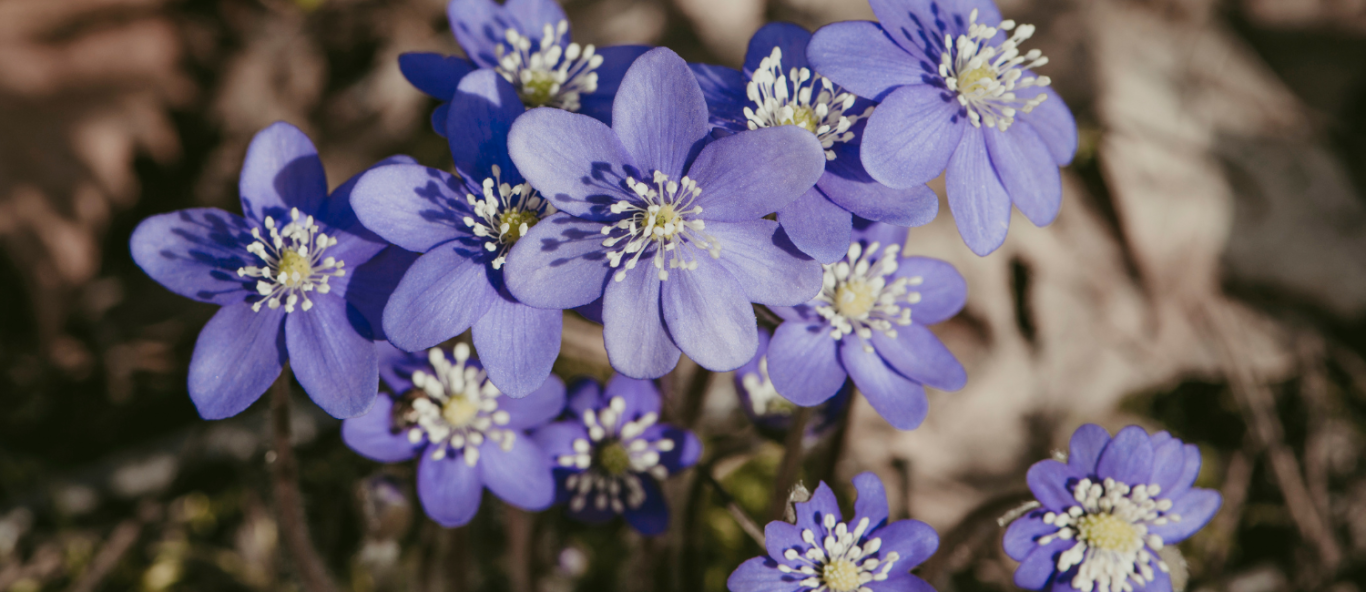Spring Ephemeral Woodland Flowers
Applicable Ages: Grades K-5
This program can be adapted for learners of all ages.
Program Description: Walk with us to see the most beautiful signs of spring - ephemeral wildflowers! This is a very special group of plants that emerge quickly in the spring and retreat underground after a rapid growing and flowering phase. Learn why they have adapted to take advantage of this short window of time in spring. Discover key topics like seasonal changes, pollination, and food chain processes. Don't miss this fleeting springtime opportunity!
Timeframe: 1.5 Hours : April-May
Educational Standards:
K-2 Standards:
SCI.LS1.A.1 All organisms have external parts that they use to perform daily functions.
SCI. LS2.A.2 Plants depend on water and light to grow. Plants depend on animals for pollination or to move their seeds around.
ELS.EX2.B.e Identify species within an ecosystem and describe how the ecosystem provides resources and services necessary for survival.
ELS.EX3.B.e Recognize that environments are different based on location and time of year. Identify that producers are the basis of any food chain, and that a variety of producers is necessary to support the overall resilience of ecosystems.
Grades 3-5 Standards:
SCI.LS1.A.4 Plants and animals have both internal and external macroscopic structures that allow for growth, survival, behavior, and reproduction.
SCI.LS1.C.5 Plants acquire material for growth chiefly from the air, water, and process matter, and obtain energy from sunlight, which is used to maintain conditions necessary for survival.
SCI.LS4.C.3 Particular organisms can only survive in particular environments.
ELS.EX2.B.i Recognize ways that organisms depend on other organisms (e.g., plants depend on animals for pollination and seed dispersal) and that each has a role in the function of the ecosystem (e.g., producers, consumers, and decomposers).

